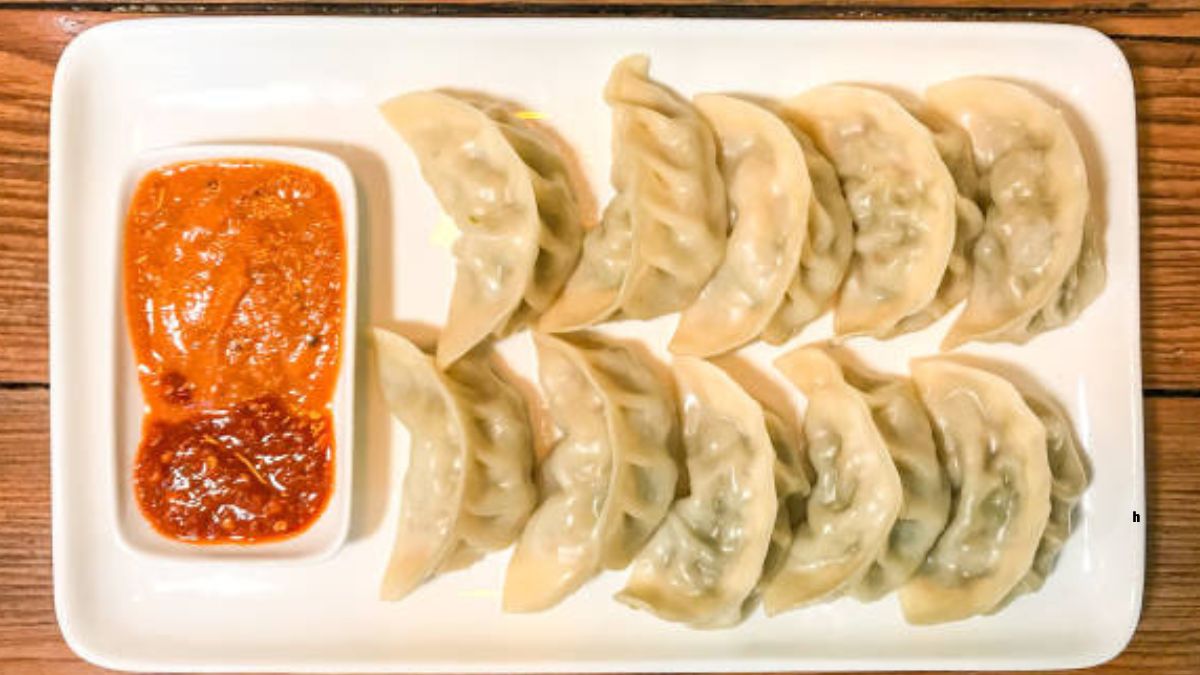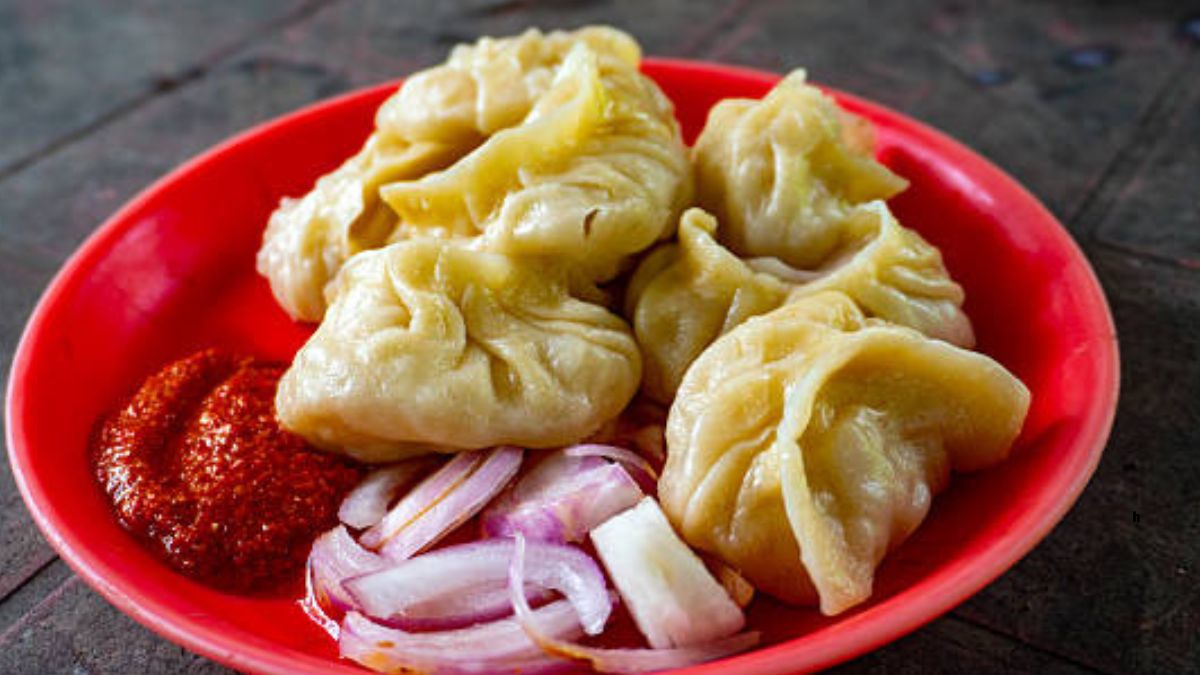Momo in English: Momo in English is called a Dumpling. While momo are eaten in many countries, momo has its own identity as a Himalayan and Indian street food snack. It is made from soft wheat flour wrappers filled with vegetables, chicken, paneer, or meat and either steamed, fried, or grilled. Served with spicy momo chutney made from red chillies, garlic, and tomatoes, momo has become one of the most loved foods in India after pani puri, samosa, and biryani. Keep reading more about momo.

Origin of Momo
The origin of momo can be traced back to Tibet, Nepal, and Bhutan, where it has been prepared for centuries as a traditional family food. Momo was brought to India through Himalayan regions like Sikkim, Darjeeling, and Arunachal Pradesh, where it became part of daily meals. Over time, momo spread to Delhi, Mumbai, Kolkata, and other metropolitan cities, turning into a street food sensation. Today, momo is sold everywhere, from roadside stalls and food trucks to luxury cafes and restaurants, making it a dish that connects tradition with modern fast food culture.
How Momo is Made
Momo is prepared by making a smooth dough from flour and water, which is then rolled into small discs. A filling of minced chicken, pork, beef, vegetables, or paneer is placed in the centre and carefully wrapped into round or crescent-shaped dumplings. Traditionally, momo is steamed in bamboo baskets, which keeps it soft and healthy. However, modern food culture has introduced fried momo, tandoori momo, butter masala momo, and even chocolate momo, giving the snack new flavours. Served hot with a tangy, spicy chutney, momo is one of the most addictive and flavourful snacks in South Asia.

Types of momo
Steamed Momo: The most traditional and healthy version, steamed momo is soft, juicy, and enjoyed with spicy chutney. It is considered the original momo dumpling recipe and is very popular in Nepal, Tibet, and Sikkim.
Fried Momo: This crispy version of momo is deep-fried until golden brown, making it crunchier and more filling. It is loved as a street food snack in Delhi and Mumbai, often served with mayonnaise and chili sauce.
Tandoori Momo: A fusion style where momos are marinated in yogurt and spices, then roasted in a tandoor. This Indian-style momo has a smoky flavor and is commonly served in North India with mint chutney.
Jhol Momo: A Nepali specialty, jhol momo is served in a spicy, tangy, soupy curry. It is a comfort food momo for winters and adds an extra punch of flavor compared to regular momos.
Soup Momo: These dumplings are served in a clear broth or noodle soup, making them warm and soothing. Soup momo recipe is popular in Bhutan and Tibet for its light yet nourishing taste.
Chicken Momo: One of the most loved non-veg momos, chicken momo is juicy, protein-rich, and filling. It is considered the best momo among non-vegetarians across India and Nepal.
Veg Momo: Made with cabbage, carrot, onion, and herbs, veg momo is a healthy street food alternative. This vegetarian momo is cheap, delicious, and very popular among students and youngsters.
Paneer Momo: A rich and creamy option filled with paneer, onions, and spices. This paneer momo recipe is especially popular in Delhi and Punjab, giving vegetarians a protein-packed snack.
Read more: What is Pani Puri called in English?
Comments
All Comments (0)
Join the conversation